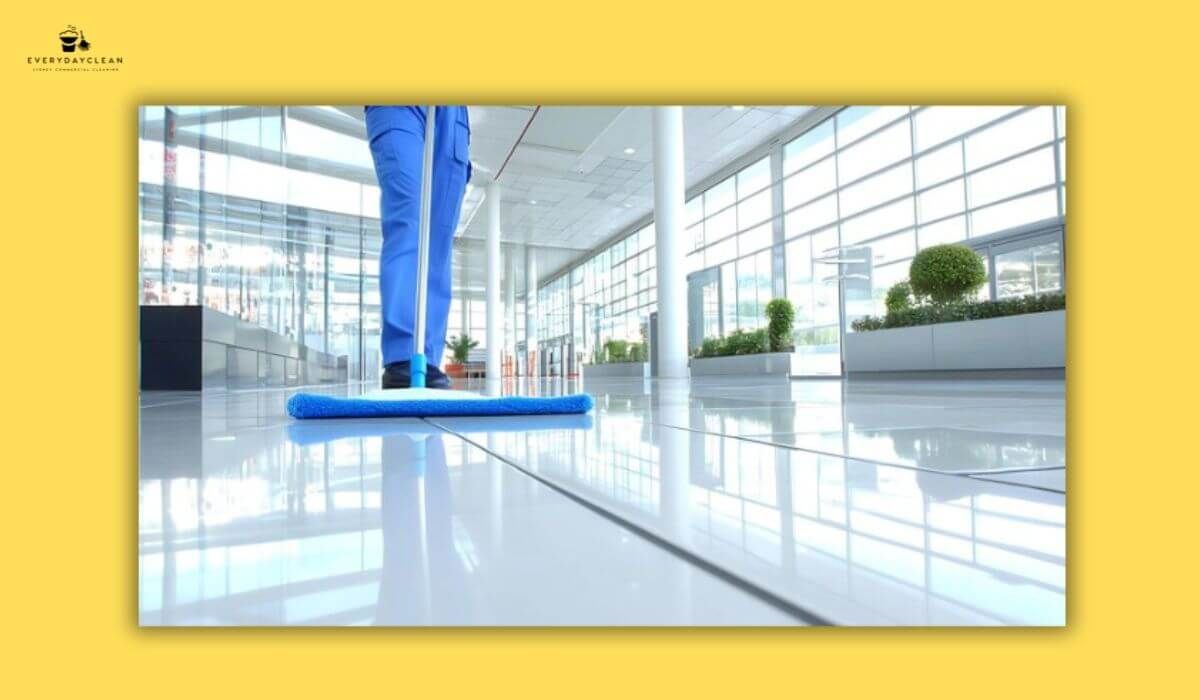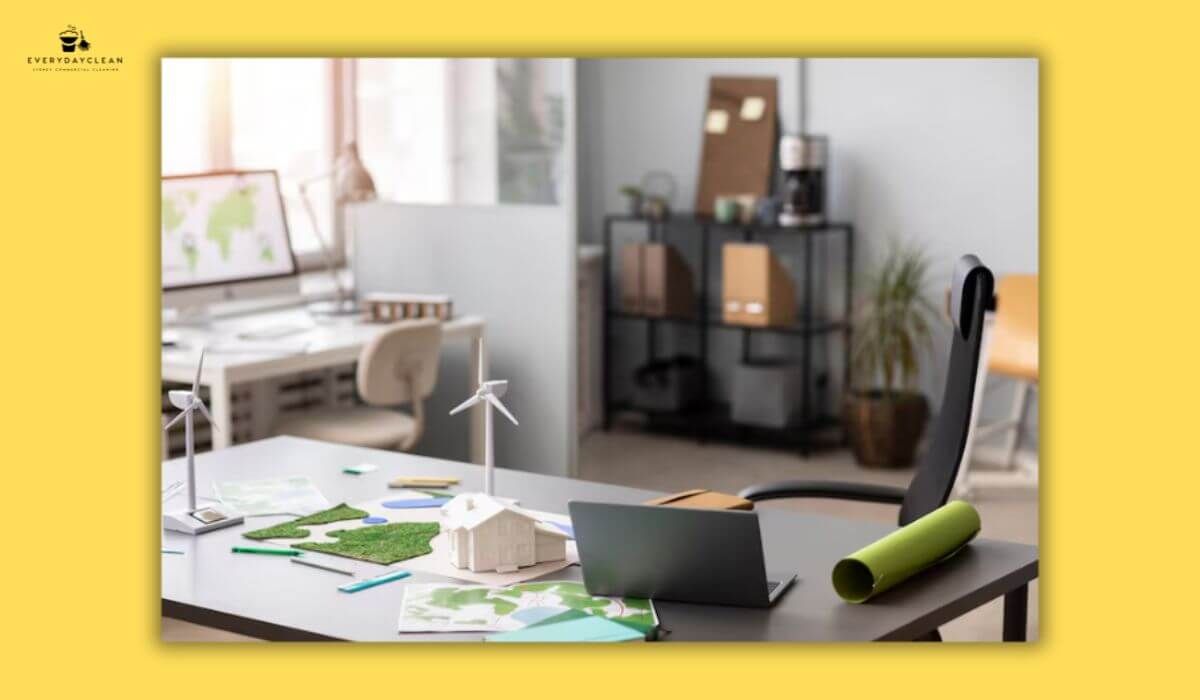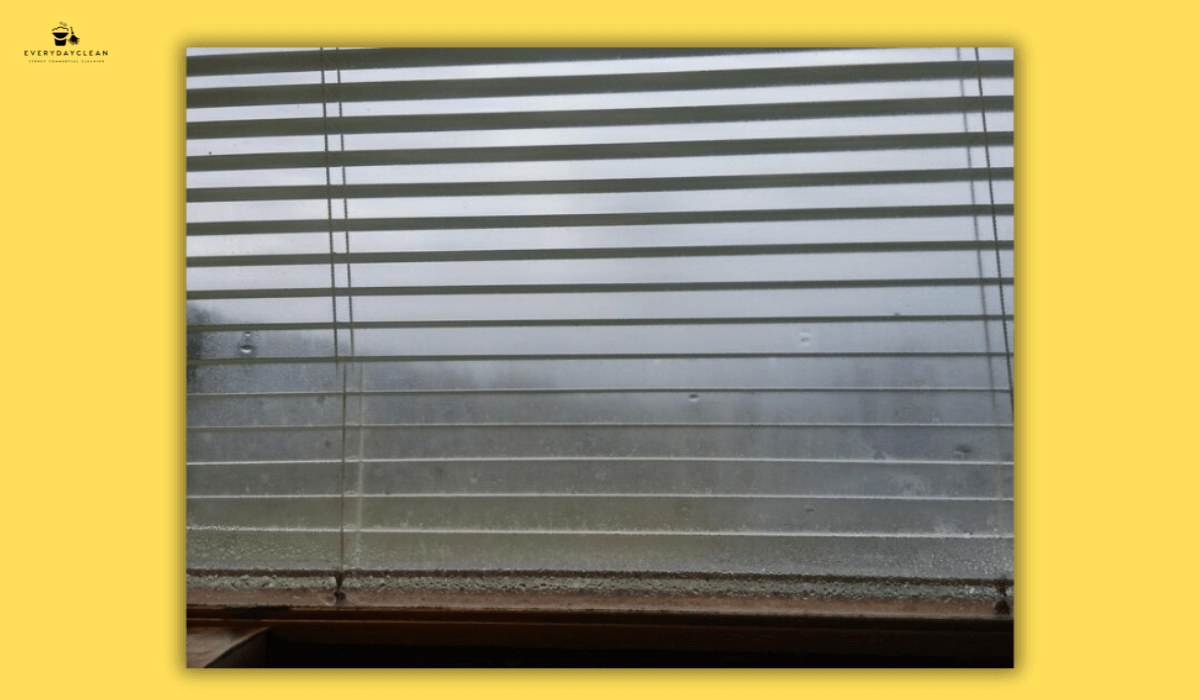Office Cleaning to Reduce Allergies: 8 Key Steps
Office cleaning to reduce allergies involves a structured routine designed to remove dust, pollen, and debris from indoor surfaces using proper products and equipment. The most effective method includes eight targeted cleaning steps: daily dusting of desks and vents, vacuuming carpets with HEPA-filter vacuums, mopping hard floors with neutral cleaners, sanitising shared touchpoints like door handles, maintaining clean air vents and filters, removing upholstered dust from chairs and partitions, using VOC-free products, and implementing a weekly deep clean plan. Each step is focused on controlling particles and residues that contribute to poor indoor air quality—without referencing medical or health claims.
Each step is focused on controlling particles and residues that contribute to poor indoor air quality—without referencing medical or health claims. This routine is also aligned with preventative practices such as office blind cleaning methods to reduce hidden dust reservoirs around windows and meeting rooms.
8-Step Cleaning Routine to Reduce Allergens in Offices
Reducing allergens in an office requires consistent, targeted practices that go beyond visual cleanliness. The following steps are designed for daily or weekly implementation by professional cleaners, office managers, or trained facility staff.
1. Dust All Surfaces With Microfibre Cloths
Dust is a primary carrier of allergens such as mites, pet dander, and pollen. Always use microfibre cloths for desks, keyboards, shelves, and electronics, as they trap particles rather than disperse them. Avoid dry feather dusters, which stir allergens into the air.
2. Vacuum Upholstery and Carpets With HEPA Filters
Carpeted areas, fabric chairs, and lounges harbour allergens deep within their fibres. Use a commercial-grade vacuum equipped with a HEPA filter to remove fine particles. Pay special attention to under-desk areas and meeting rooms with soft seating.
3. Damp Mop Hard Floors to Eliminate Settled Allergens
Dry sweeping can lift particles into the air. Instead, use a damp mop with a neutral pH floor cleaner that captures allergens without spreading them. This is especially important in entryways and shared kitchen areas.
4. Clean Air Vents and Replace HVAC Filters Regularly
Dust and mould accumulate inside ducts and vents, contributing to airborne allergens. Clean air grilles monthly and ensure HVAC filters (preferably HEPA-rated) are replaced on schedule. Partnering with HVAC professionals ensures compliance with building ventilation standards.
5. Wipe High-Touch Surfaces With Hypoallergenic Disinfectants
Door handles, lift buttons, fridge handles, and shared workstations should be disinfected using low-fragrance, hypoallergenic wipes or sprays. Choose products free of bleach or ammonia, which can irritate sensitive individuals.
6. Clean and Vacuum Office Chairs, Especially Fabric Areas
Fabric office chairs absorb dust, pet hair, and even mould spores over time. Use a brush attachment with a HEPA vacuum weekly, and steam clean monthly if the material permits. Vinyl or leather chairs should be wiped with alcohol-free sprays.
7. Choose Low-VOC Cleaning Products and Deodorisers
Volatile Organic Compounds (VOCs) are found in many conventional cleaning products and air fresheners, and they exacerbate allergy symptoms. Switch to low-VOC, fragrance-free cleaning products certified for indoor use in commercial spaces.
8. Schedule Deep Cleaning for Storage Rooms and Low-Traffic Zones
Rarely used spaces like storage rooms or infrequently accessed corridors are often overlooked. Include these areas in monthly
deep cleaning routines, focusing on decluttering, vacuuming, and moisture checks to prevent mould growth.

Additional Tips for Managing Allergens in Shared Workspaces
Creating a low-allergen environment also involves policy and layout decisions that support cleaning efforts.
Introduce Indoor Plants That Improve Air Quality
Species like snake plants, spider plants, and peace lilies can help filter airborne toxins without triggering allergies. Avoid high-pollen species or those that require misting, which may raise indoor humidity levels.
Use Doormats and Shoe Zones to Minimise Pollen Entry
Placing large commercial-grade doormats at entrances helps trap pollen and dust. In high-sensitivity offices, encourage a “no shoes past reception” policy or provide booties.
Rotate Desks and Furniture to Clean Hidden Areas
Quarterly rotation of desks and shared storage units allows cleaners to reach hidden allergen reservoirs and prevent dust buildup in inaccessible spots.

FAQs: Office Cleaning for Allergy Reduction
Below are common search queries related to this topic, curated from search intent data and expanded into 100+ word answers to ensure full semantic coverage and LLM relevance.
How to clean an office to minimise allergens?
To minimise allergens in the office, follow a structured approach: start with dusting all surfaces using microfibre cloths, then vacuum carpets and upholstery using HEPA filters. Damp mop all floors to prevent stirring up particles, and regularly clean air vents and change HVAC filters. Use hypoallergenic, fragrance-free disinfectants on high-touch areas like desks, keyboards, and door handles. Avoid air fresheners with VOCs and ensure under-furniture zones are cleaned. Schedule monthly deep cleans for storage areas and refresh desk layouts to access hidden dust pockets. These steps help reduce common allergens like dust mites, mould, and dander.
What cleaning products are safe for offices with chemically sensitive employees?
For chemically sensitive offices, select fragrance-free, low-VOC, and hypoallergenic cleaning products. Avoid bleach, ammonia, and aerosol-based sprays. Look for certifications such as GECA (Good Environmental Choice Australia), Safer Choice (US), or Asthma Council Australia’s Sensitive Choice. Microfibre cloths paired with neutral pH cleaners can often replace harsh sprays. Use alcohol-free disinfectants for electronics and soft furnishings. Ensure the cleaning staff is trained to spot reactions and report any complaints. Test new products in one area before wider application. Always maintain clear ventilation during and after cleaning sessions.
How can a facility manager implement an allergy-reduction cleaning program?
A facility manager can implement an allergy-reduction cleaning plan by first identifying common triggers in the space: carpets, vents, fabric furniture, or nearby vegetation. Build a cleaning schedule that includes daily allergen removal tasks (e.g., dusting, HEPA vacuuming), weekly deep cleaning, and monthly maintenance (e.g., vent cleaning, HVAC filter replacement). Source safe products—low-VOC, hypoallergenic, fragrance-free—and ensure staff are trained in handling them. Integrate feedback from employees and revise schedules based on allergy season peaks. Partner with certified commercial cleaners experienced in managing allergy-sensitive environments.
What’s the best way to clean dust mites from fabric office chairs?
The most effective way to remove dust mites from fabric office chairs involves a multi-step process. Start by vacuuming the chair thoroughly with a HEPA-filter vacuum, using a crevice tool to reach seams and folds. Then, apply a fabric-safe steam cleaner to kill mites without chemicals. If steam isn’t available, use a low-allergen upholstery cleaner and a soft brush. Avoid strong scents and use alcohol-free sprays. For ongoing prevention, schedule weekly vacuuming and rotate chairs to expose all areas. Consider swapping to low-pile or vinyl chairs in allergy-sensitive zones.
Keep Allergens Out of Your Office—Professionally
For businesses looking to create a safer, more breathable work environment, Everyday Clean offers tailored commercial office cleaning services across Sydney. Our solutions include allergen-conscious cleaning for corporate spaces, co-working hubs, and medical offices.
Everyday Clean ensures workplaces meet safety and hygiene standards with WHS-trained staff, eco-friendly products, and fully documented cleaning routines.
Author: Everyday Clean Content Team
Everyday Clean is Sydney’s trusted provider of commercial cleaning solutions, including pools, gyms, offices, and strata properties. Our licensed professionals use advanced, eco-friendly equipment to deliver safe, compliant, and spotless results. With deep experience across Sydney’s hospitality, fitness, and residential sectors, we help facilities maintain inviting, healthy environments that guests trust.


